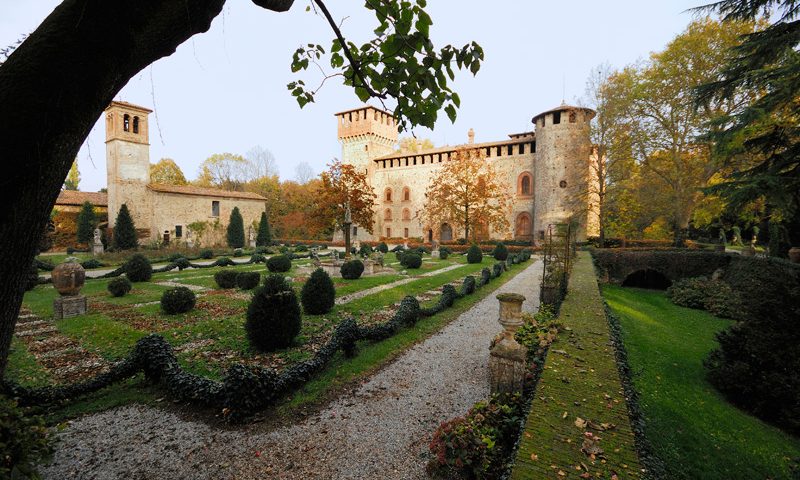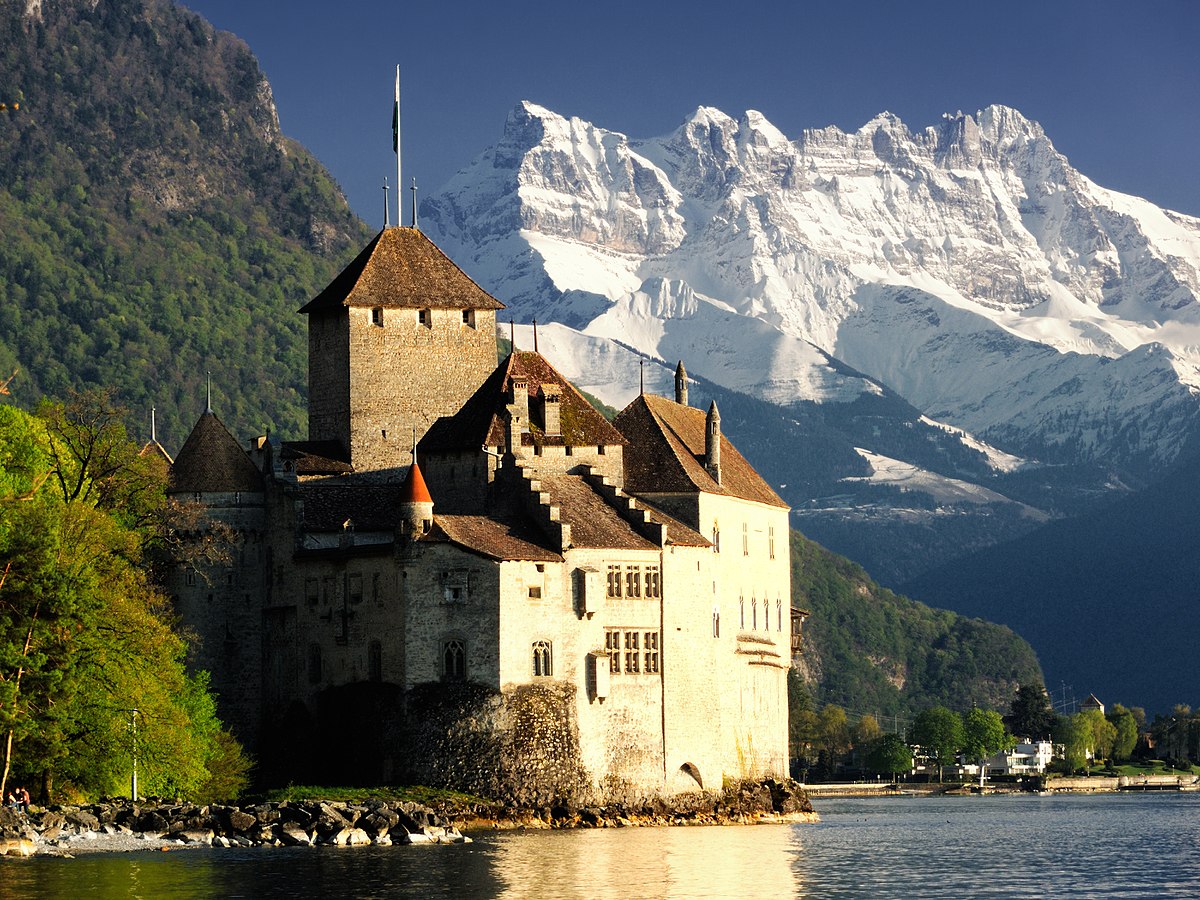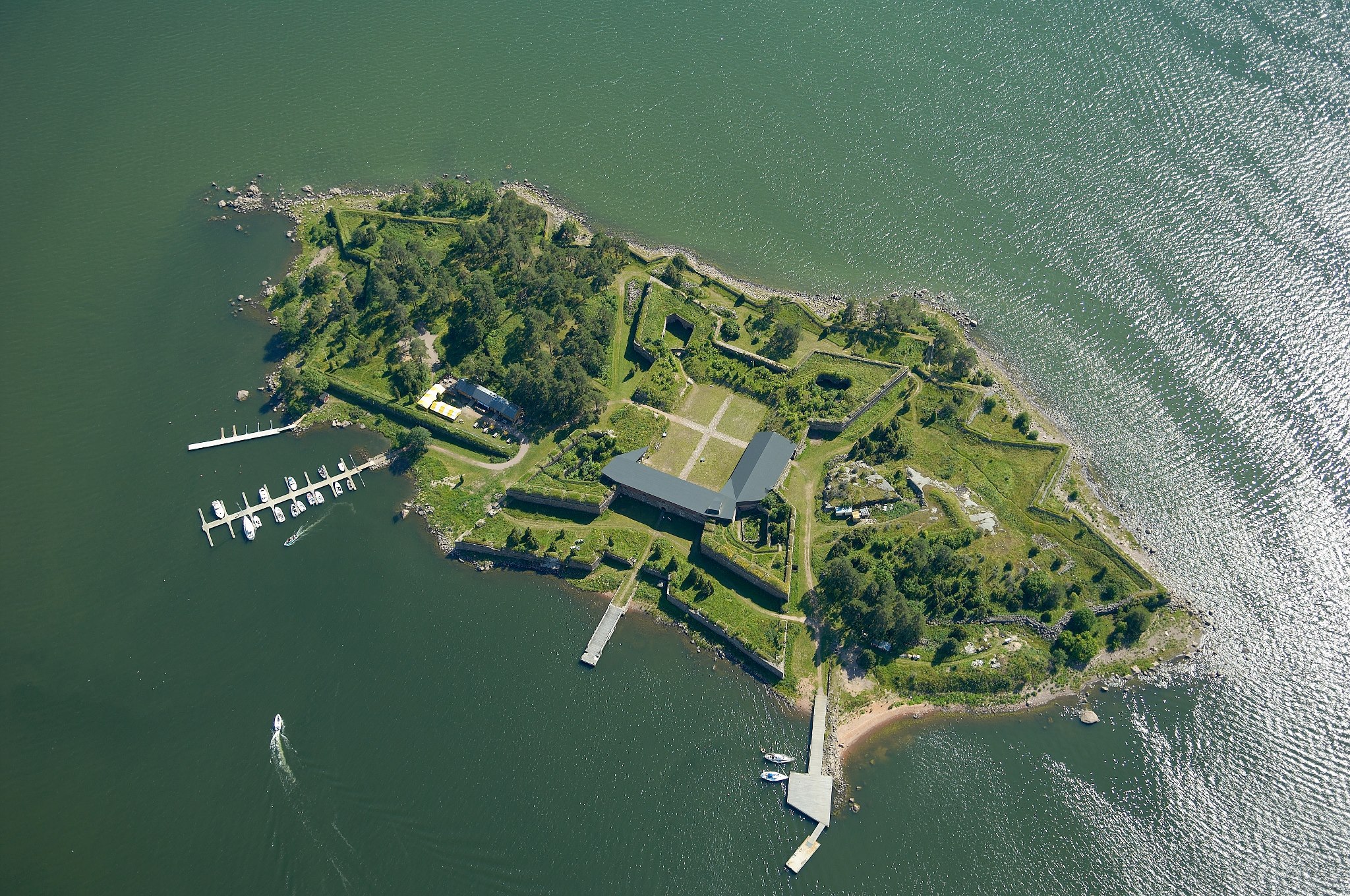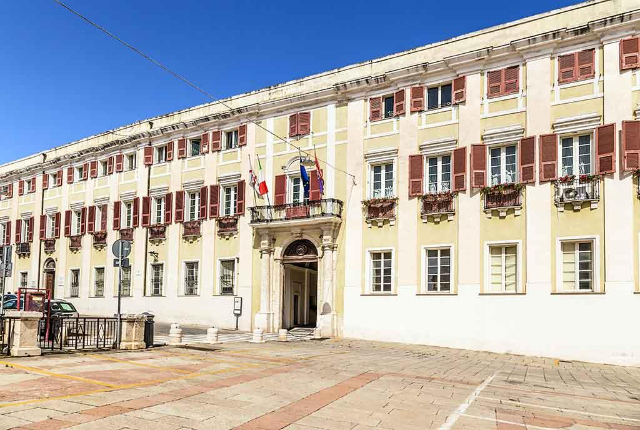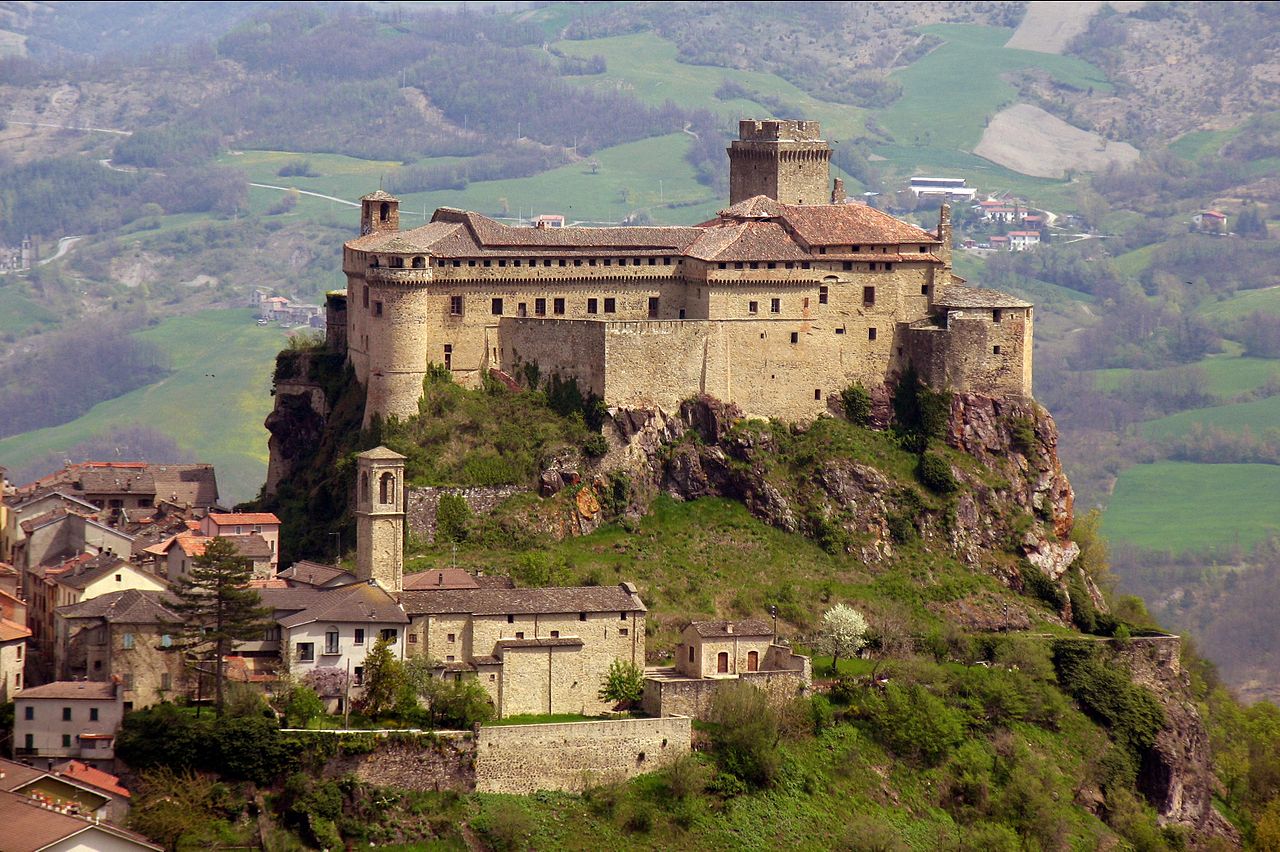Originally the furnaces It was the workers dedicated to the construction of the Swabian castle who formed the first settlement of Rocca Imperiale. They themselves then began to distinguish the place by the dialectal appellation of "Ri-carcari" or "Li-carcari," due to the presence of kilns – in dialect precisely "carcari" – in which lime and bricks were prepared before beginning the construction of the fortress. The Rock of Rocca When the castle was completed, the first appellation was soon forgotten and replaced with the present name: rocca as rock or cliff or again fortified place, fortress rebuilt in an elevated place. Pre-Federician Hypotheses The village, formed by the workers and a few families who settled here for the security it provided, was still insignificant after more than two lustra, which is why Frederick II decided to send a colony there in 1239. Historical sources speak of an actual foundation made by the emperor, although many scholars trace the origin of the town back many years earlier.
A besieged town In medieval times Rocca Imperiale assumed the military functions of garrisoning the plains and southwestern mountain passes. Under the Angevins, the town was besieged by Charles II in 1296, and in the following centuries it was a fief of Oriolo, the princes of Salerno, the Carafa, the Raimondi and the Crivelli families. In 1644 Rocca Imperiale suffered an attack by the Turks who burned it, but did not obtain lordship over the territory.
Today Rocca Imperiale is an Italian municipality of 3,306 inhabitants in the province of Cosenza and is famous for its prized lemons, which, in addition to being recognized as a Traditional Agri-food Product and in the running for the IGP label, have lately become appreciated and exported throughout much of Italy.



